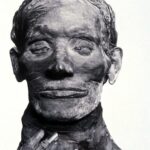
a tale of power, prestige, and mystery that continues to fascinate historians and enthusiasts alike.
In February 1905, British Egyptologist James Edward Quibell, under the patronage of American financier Theodore M. Davis, unearthed Tomb KV46 in Egypt’s Valley of the Kings. This tomb housed the remarkably preserved mummies of Yuya and his wife Thuya, making it one of the most significant archaeological discoveries prior to the unearthing of Tutankhamun’s tomb in 1922
Yuya, hailing from Akhmim, was a man of considerable influence. He held prestigious titles such as “King’s Lieutenant,” “Master of the Horse,” and served as a prophet of Min, the fertility god . His wife, Thuya, was equally distinguished, bearing titles like “Chief of the Entertainers” of Min and Amun, and “Singer of Hathor,” suggesting her significant role in religious ceremonies
Their daughter, Tiye, ascended to become the Great Royal Wife of Pharaoh Amenhotep III. This union positioned Yuya and Thuya as the grandparents of Akhenaten, the revolutionary pharaoh known for introducing monotheism to Egypt. Some scholars even propose that King Ay, who succeeded Tutankhamun, may have been their son
The tomb itself was a treasure trove, containing a wealth of funerary goods, including chariots, beds, chairs, and a 9.7-meter-long Book of the Dead. Despite being robbed in antiquity, the tomb’s contents remained largely intact, offering invaluable insights into the burial practices and material culture of Egypt’s 18th Dynasty
Yuya’s mummy, notably well-preserved, revealed features that some have described as atypical for Egyptians of that era, fueling debates about his origins. However, definitive conclusions about his ancestry remain elusive
The discovery of Yuya and Thuya’s tomb continues to be a cornerstone in our understanding of ancient Egyptian nobility, religion, and the intricate web of familial ties that shaped the course of history.


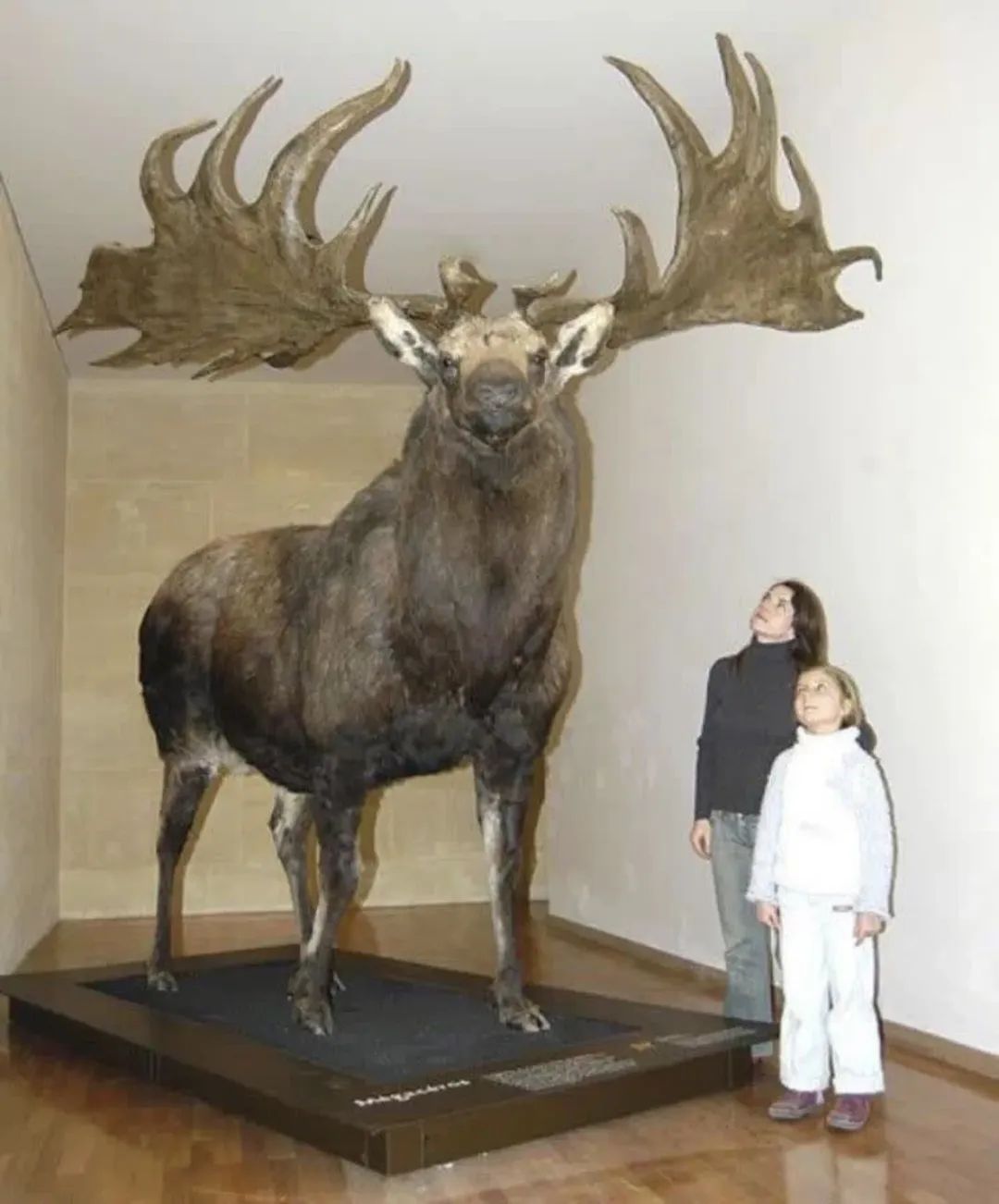
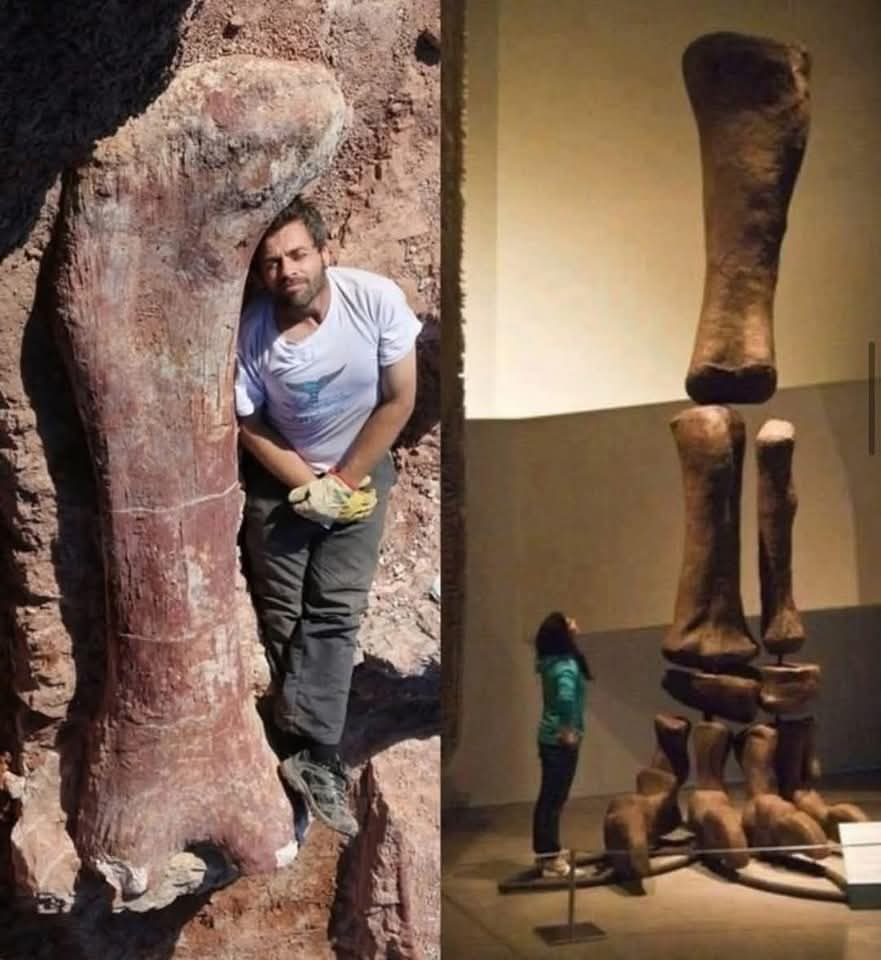
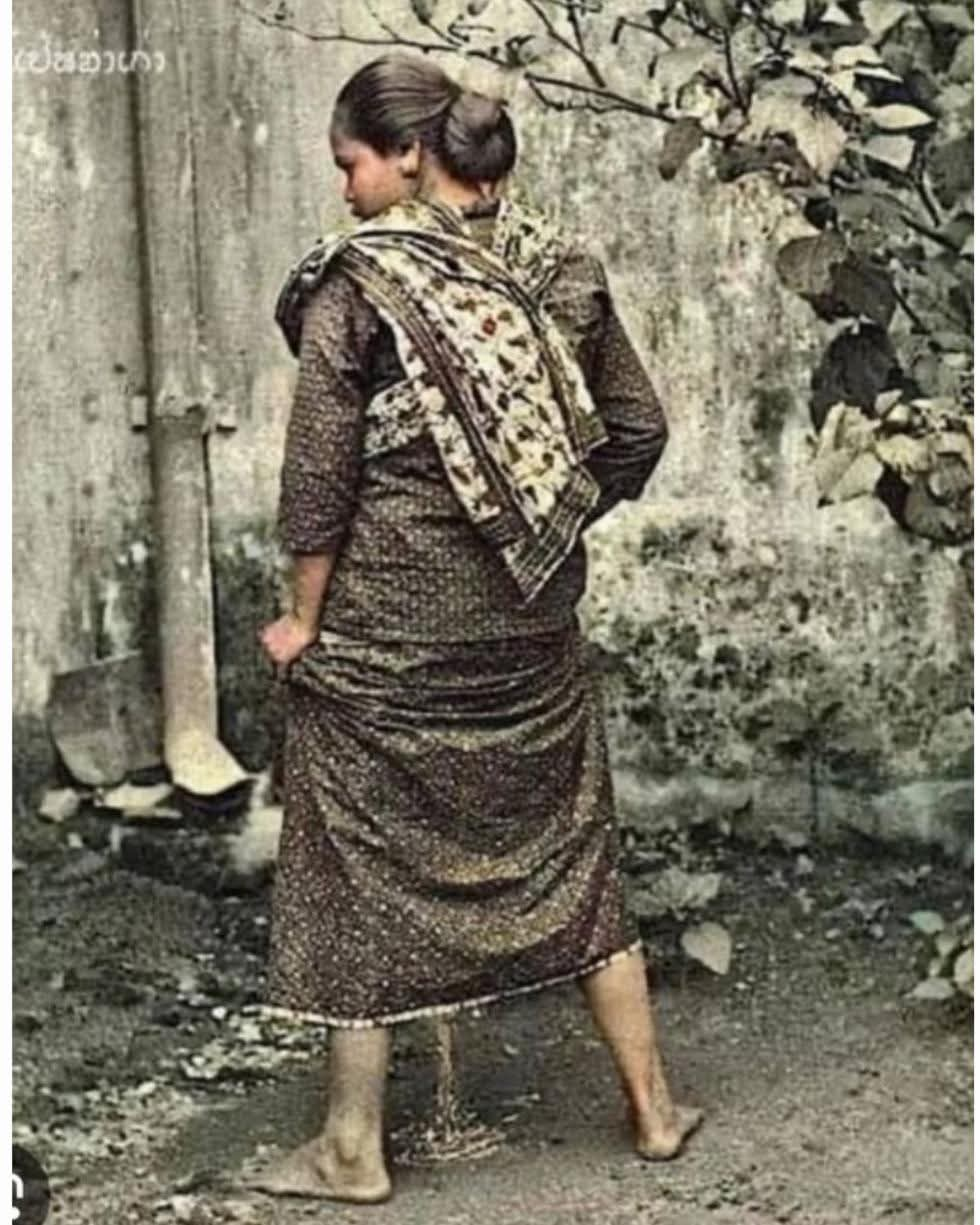

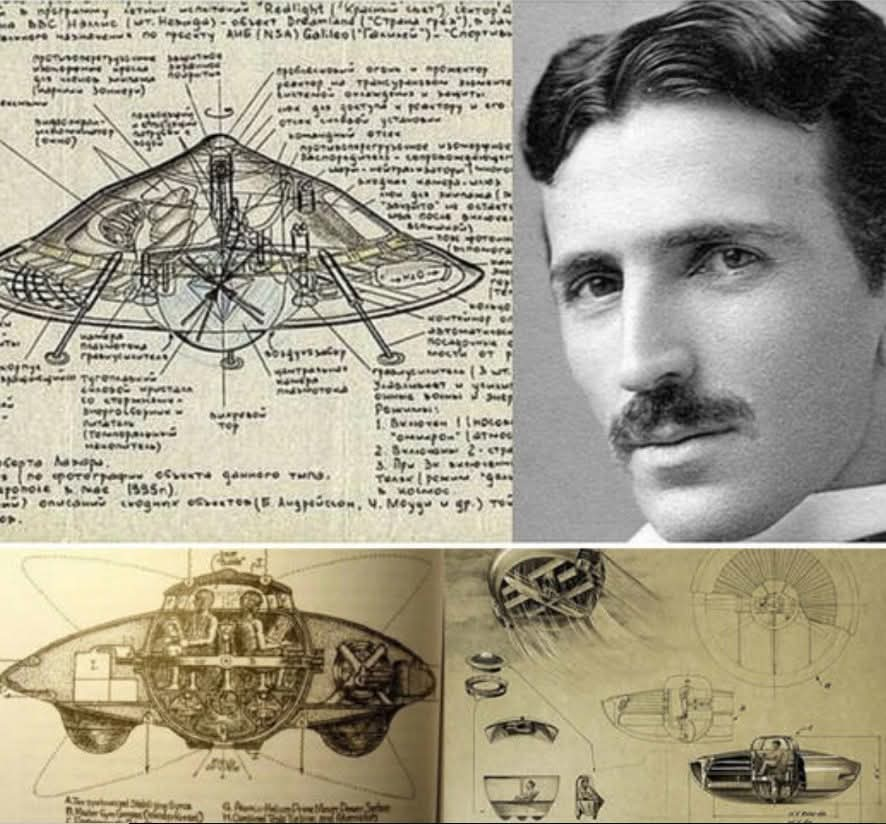

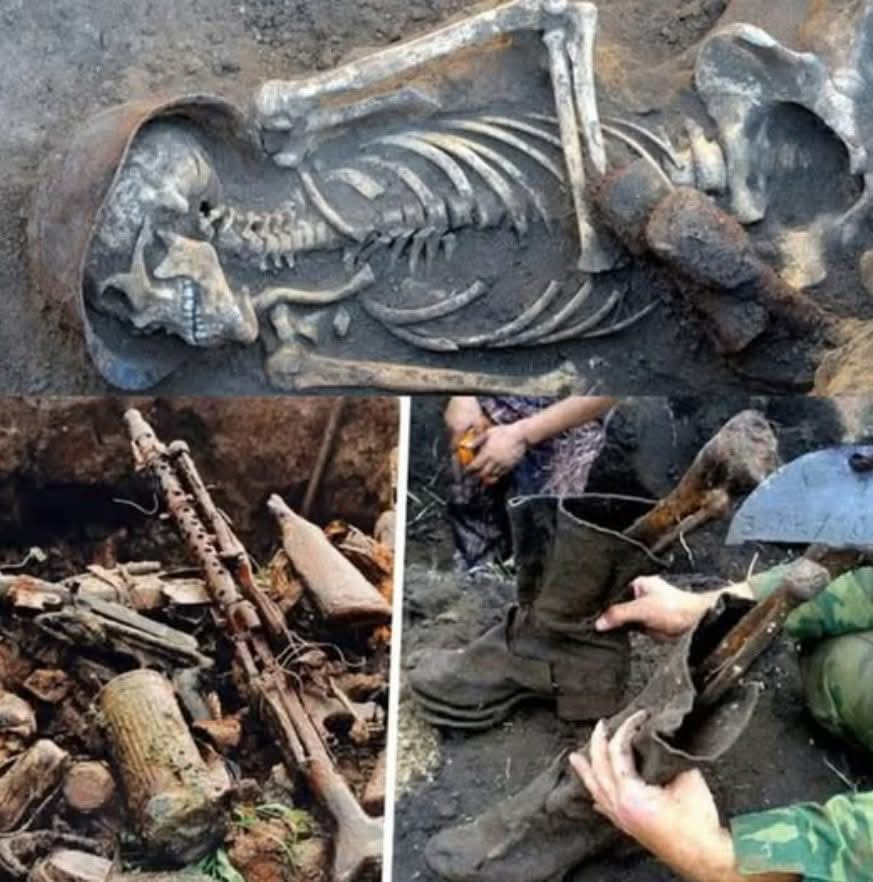

Leave a Reply